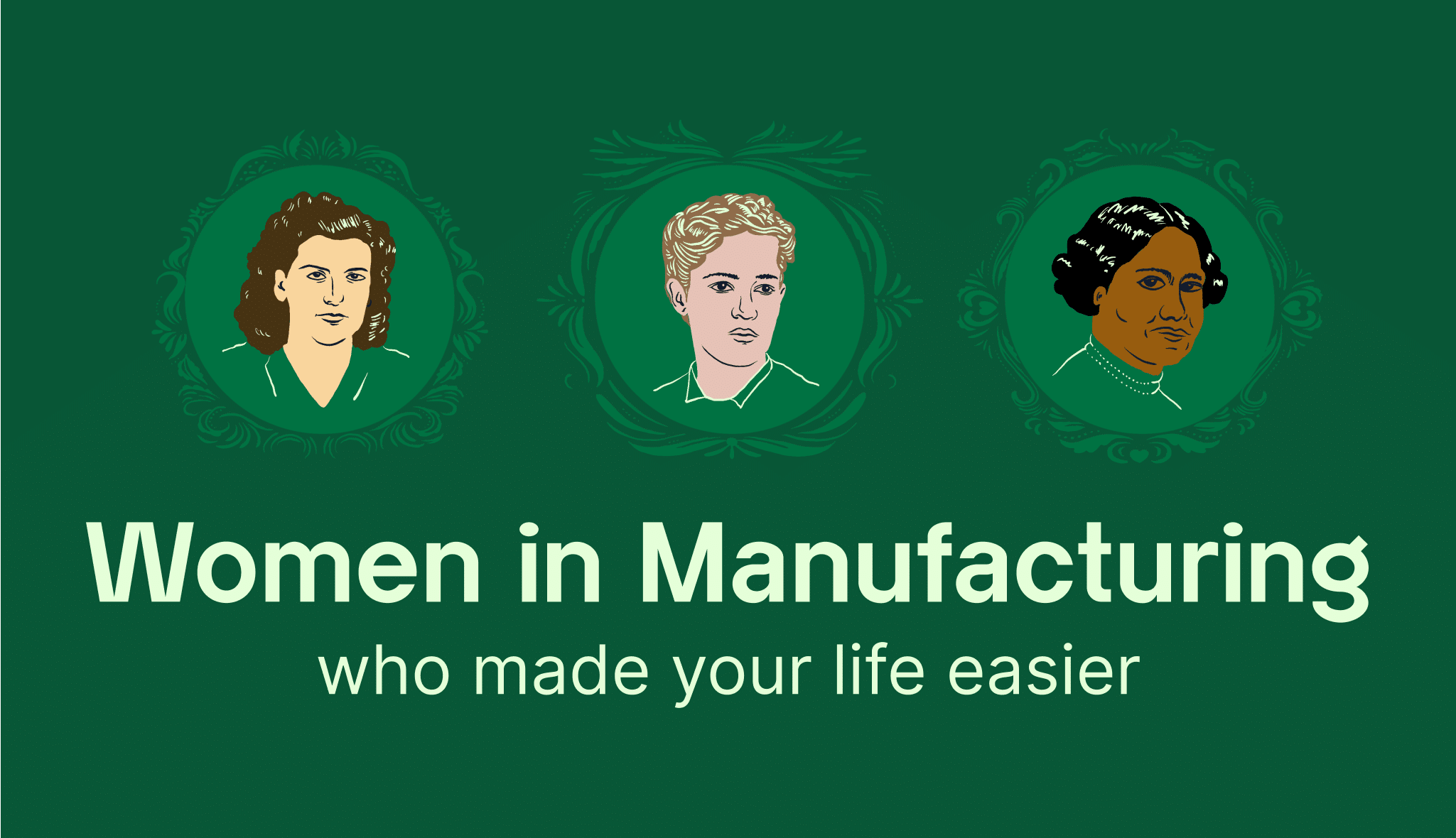
Join us in paying homage to women who have made significant contributions to manufacturing over the years.
Women have long been part of manufacturing. Sadly, many of their names are lost to history. In this curated list, we focus on seven ladies whose creativity, determination, and sense of justice have paved the way for women (and men) in manufacturing today.
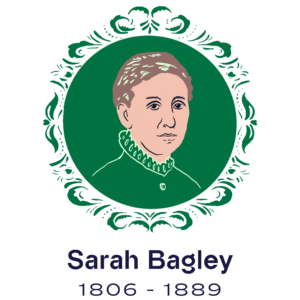
In the early 19th century, textile mills began springing up throughout the northeastern United States. The work was long (12-14 hours every weekday, with a half day on Saturday.) It was also grueling. Conditions were loud, hot, humid, and the air was choked with dust and lint.
Sarah Bagley was a weaver and one of the many mill girls who worked in this challenging environment. She even authored an essay titled “The Pleasures of Factory Work.” However, Sarah’s thinking shifted after a giant mill instituted a speed-up of work alongside a 20% pay cut. Seventy mill girls walked out on the job, only to be fired and blacklisted as a result of their protest.
In 1844, Sarah became president of the newly formed Lowell Female Labor Reform Association. She advocated for a 10-hour workday, which, unfortunately, she could not secure. Nonetheless, Sarah and all the mill girls laid the foundation for future labor reform and safer, more humane manufacturing work.
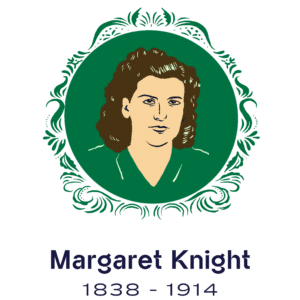
There’s nothing special about a brown paper lunch sack, grocery bag, or gift bag. Until you realize that bags used to be made by hand. It took the engineering mindset of Margaret Knight to create and patent a labor-saving machine that is still used, in a very similar form, to this day.
By all accounts, Margaret was a tinkerer from an early age. Her sleds were the envy of the neighborhood. At the tender age of 12, she began working in a textile mill. Witnessing the dangerous conditions, she invented a shuttle restraint system to protect workers from accidents while they worked on the loom.
Later in life, Margaret worked for the Columbia Paper Bag Company. In 1871, after spending time tediously folding paper bags by hand, she created an automated machine to make the process more efficient. Thankfully, she also meticulously documented the development of her invention. This came in handy when she attempted to patent her machine. In a court battle against Charles Annan, a coworker who tried to steal her idea, she proved decisively the machine was her intellectual property.
Margaret went on to patent over 25 more inventions, including a compound rotary engine.
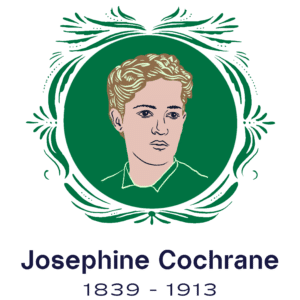
If you hate handwashing dishes, thank Josephine Cochrane for making your life easier. After experiencing the frustration of chipping fine china while scrubbing it in the sink, Josephine knew there had to be a better way. She got to work designing an enclosed system of high-pressure water jets and wire racks–and she displayed it to great acclaim in the Machinery Hall during the World’s Columbian Exposition in Chicago in 1893.
The dishwasher was hailed as a breakthrough invention, though initially, it only found a market among large institutions like restaurants and hotel kitchens. (Most individual consumers found it too costly and couldn’t supply the amount of hot water needed to run the machine.)
Eventually, Josephine began manufacturing her dishwashers, selling them across the country and as far away as Mexico. She received a patent for her machine and another patent posthumously for design improvements. After her death, the company she founded was acquired by the Hobart Manufacturing Company, which produced her invention under the KitchenAid brand. Today, dishwashers are commonplace in home kitchens. A recent report states that the global dishwashing machine market has generated approximately $27 billion in revenue! We think Ms. Cochrane would be pleased to see how many people have cleaned up with her creation.
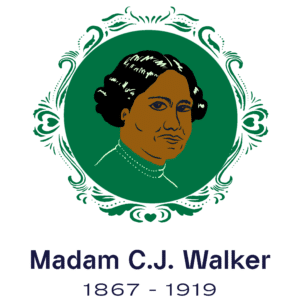
Madam C.J. Walker did not have an easy life. Born Sarah Breedlove, she was one of six children born on a plantation to former enslaved people. She was orphaned young, married young, and became a mother (and a widow) at a young age.
Seeking to escape a life of poverty, she and her daughter moved to St. Louis in pursuit of new opportunities. It was there, possibly due to stress, that Sarah began losing her hair. She turned to a product called “The Great Wonderful Hair Grower,” created by Annie Turnbo Malone, a Black businesswoman. The product worked, and Sarah became a sales agent.
Eventually, Sarah moved to Denver and established her own line of specialized Black hair care products. She also married Charles Joseph Walker, an ad man, and her transformation to “Madam C.J. Walker” was complete.
Although her marriage didn’t last, her business did. Madam moved her manufacturing headquarters to Indianapolis. She employed 40,000 sales agents. She became a prolific advertiser and business owner, and her financial worth totaled more than $1 million. In addition to her manufacturing empire, she founded the National Negro Cosmetics Manufacturers Association in 1917. And perhaps most importantly, she used her fortune and voice to fund philanthropic ventures and support the NAACP’s work to end lynching and advance civil rights.
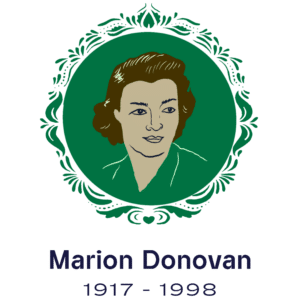
Before disposable diapers came along, mothers were waging a losing battle with laundry. Cloth baby diapers leaked on clothing and bedding, creating constant work. Marion Donovan was determined to solve this problem.
She was the right person to do it, too. Growing up in Fort Wayne, Indiana, Marion liked to hang out in the manufacturing plant where her dad worked. (Incidentally, her dad and uncle invented a tool to grind automobile gears.) While Marion wasn’t trained as an engineer, creative problem-solving was in her blood.
After giving birth to her first child, Marion got tired of all the laundry created by diaper leaks. She designed the “Boater,” a breathable yet waterproof diaper cover, and took it to various manufacturers. They laughed at her. Marion was not discouraged. She knew she had a winning invention and began manufacturing the Boater herself. The product was such a hit she patented it and sold her company and the rights to the Boater for $1 million.
She also began working on a truly disposable diaper. Again, she was laughed at when she shopped it around. It would take about a decade before a man, Victor Mills, made good on that dream, creating Pampers.
Nonetheless, Marion’s endless drive to make life easier led to 20 patents in her lifetime–including one to help women close the zipper on the back of their dresses. (Off to check Amazon for one of those!)
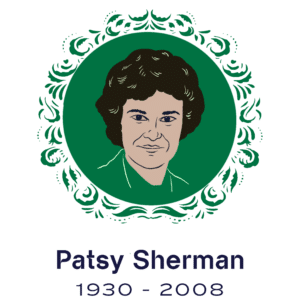
3M has been manufacturing innovative products since the early 1900s. One of their best-known products, Scotchguard, results from a happy mistake made by chemist Patsy Sherman and her colleague Sam Smith.
Early on, Patsy knew she wanted a career. Her natural aptitude toward science led her to study chemistry and mathematics in college. After graduation, she worked at 3M, focusing on fluorochemicals – specifically, attempting to create a rubber appropriate for jet fuel lines. An accidental chemical spill onto a white canvas sneaker revealed some interesting properties of their latest attempt. The spot repelled oil, water, and other liquids, keeping that part of the shoe clean. Patsy and Sam saw the potential of this chemical in textile applications. Together, they patented what became Scotchguard, a major product in 3M’s portfolio to this day. They went on to collaborate and receive a total of 13 patents together.

In the 1950s, most women weren’t pursuing a college degree in chemistry. Edith Flanigen wasn’t like most women. She earned her master’s degree in inorganic physical chemistry from Syracuse University. She then headed off to work for the Union Carbide Corporation (now a wholly owned subsidiary of The Dow Chemical Company).
At Union Carbide, Edith invented molecular sieves. These specially formulated materials are critically important in manufacturing, especially in the petrochemical and petroleum refining industries. They remove moisture and impurities, making them essential in pharmaceutical manufacturing as well.
If that were all Edith had done, it would have been impressive. But she was not one to rest on her laurels. Edith invented or co-invented more than 200 synthetic materials. Her work with molecular sieves has been used in everything from purifying petroleum to environmental cleanup. She holds 109 patents and was the first woman awarded the Perkin Medal, America’s top honor in applied chemistry.
When asked about her amazing career, Edith said, “I was in leadership positions all through high school and college and on into my career with Union Carbide. I think a good trait of a leader is to recognize what each person brings to the table. And, by the way, we always had fun. In the early days, when the bosses went away on a trip, we would always have a peasants-and-peons party in the lab… I think it’s important to have happy people who get along together and have fun.”
Well said, Edith. Happy Women’s History Month!
Interested in reading more about women in manufacturing? Check out our interview celebrating International Women’s Day.






